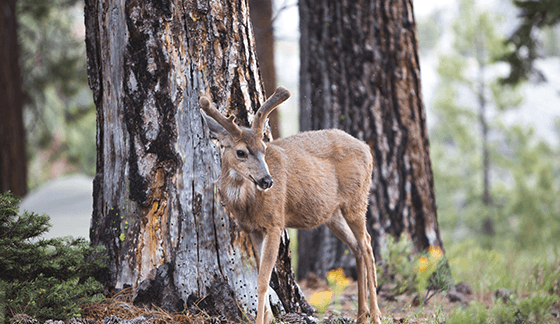Field Guide / Bear
10 Photography Tips for Hunting Influencers
Creating visually engaging images has always been the end goal of a photographer. With the rise of social media platforms, engaging user-created content is more important than ever.
Previous in Bear
More Content Like This
How to Hunt Coyotes on Public Land: 3 Tips to Improve Your Hunt
More often than not, coyote hunters will steer clear of public land, believing it is overrun by other hunters or that any surviving coyotes have already left the land. Do not believe these stereotypes! Read More
Read More7 Wild Game Appetizers
It’s December, which means Christmas and New Years are just around the corner. Many of us have holiday get-togethers that require us to bring a dish to pass. If you were lucky this hunting season, your freezer is full of wonderful wild game. Read More
Read More
Best Hunting Ground Blinds for 2024
Spring is a special season for hunters across the country. You might be checking to see if you've drawn any allocated tags, or you could be working out the details of an over-the-counter hunt that you've been planning. Read More
Read More Bear
BearHow to Hunt Coyotes on Public Land: 3 Tips to Improve Your Hunt
More often than not, coyote hunters will steer clear of public land, believing it is overrun by other hunters or that any surviving coyotes have already left the land. Do not believe these stereotypes! Read More
Read More Bear
Bear7 Wild Game Appetizers
It’s December, which means Christmas and New Years are just around the corner. Many of us have holiday get-togethers that require us to bring a dish to pass. If you were lucky this hunting season, your freezer is full of wonderful wild game. Read More
Read More Bear
BearBest Hunting Ground Blinds for 2024
Spring is a special season for hunters across the country. You might be checking to see if you've drawn any allocated tags, or you could be working out the details of an over-the-counter hunt that you've been planning. Read More
Read More
1 of 3


